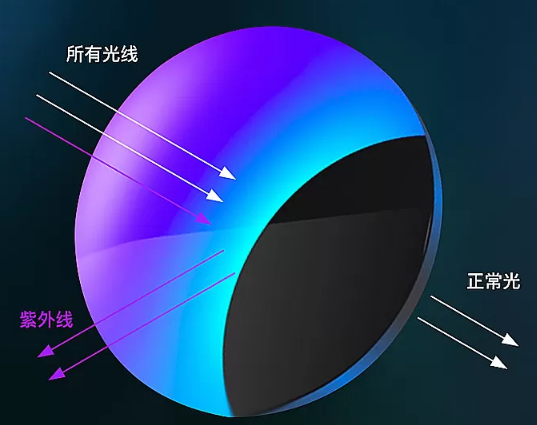Why Are Acetate Sunglasses Expensive?
Sunglasses are not just a fashion accessory; they also provide protection for our eyes against harmful UV rays. When it comes to choosing sunglasses, there are various materials available, each with its unique characteristics and price points. Acetate sunglasses, known for their durability, style, and comfort, are often associated with higher price tags compared to other materials like plastic or metal. In this article, we will explore the factors that contribute to the higher cost of acetate sunglasses.
1. Quality and Durability:
One of the primary reasons for the higher cost of acetate sunglasses is the quality and durability of the material itself. Acetate is a high-quality, plant-based plastic that offers several advantages over other materials. It is known for its strength, flexibility, and resistance to impact, making it highly durable and long-lasting. Acetate sunglasses are less likely to break or shatter compared to their plastic counterparts, which adds to their overall value. The use of high-quality materials and the craftsmanship involved in shaping and finishing acetate frames contribute to their higher price point.
2. Handcrafted Manufacturing Process:
Acetate sunglasses are often handcrafted, which involves meticulous attention to detail and skilled labor. The manufacturing process of acetate frames is more complex compared to mass-produced plastic or metal frames. Each frame is individually cut, shaped, and polished, requiring precise measurements and fine craftsmanship. The manual labor involved in creating acetate sunglasses adds to the overall cost as it requires skilled artisans with specialized training and expertise.
3. Material Sourcing and Production:
Acetate is derived from cellulose, a natural polymer found in plants. The sourcing of high-quality cellulose requires careful selection of plant-based materials, such as cotton or wood pulp, that meet strict quality standards. The processing and production of acetate involve several steps, including mixing the cellulose with plasticizers and dyes to create a pliable material suitable for eyewear frames. The manufacturing process, from sourcing the raw materials to producing the final acetate sheets, requires specialized equipment and expertise, adding to the production costs and, consequently, the retail price of acetate fiber sunglasses.
4. Design and Aesthetics:
Acetate sunglasses are often favored for their style, versatility, and unique aesthetics. The material allows for a wide range of design possibilities, including intricate patterns, vibrant colors, and translucent effects that are not easily achievable with other materials. The customization options and design versatility of acetate frames make them highly desirable among fashion-conscious consumers. However, the design process, which includes creating and testing prototypes, selecting and applying colors and patterns, and ensuring a perfect fit, requires additional time and effort, contributing to the higher price of acetate sunglasses.
5. Comfort and Fit:
Acetate frames are known for their comfort and excellent fit. The material is lightweight and has a natural warmth that makes it comfortable to wear for extended periods. Moreover, acetate has excellent hypoallergenic properties, making it suitable for individuals with sensitive skin. Achieving a precise fit and ensuring comfort involves careful shaping and contouring of the frames, which requires additional craftsmanship and attention to detail. The meticulous process of creating well-fitting acetate frames adds to the overall cost of these sunglasses.
6. Brand Reputation and Exclusivity:
Another factor that can influence the price of acetate sunglasses is the brand reputation and exclusivity associated with certain designer or luxury brands. Established brands often invest in research and development, innovative designs, and premium materials, including acetate, to create high-end sunglasses that cater to discerning customers. The reputation, craftsmanship, and brand value contribute to the higher cost of these sunglasses. Additionally, limited edition or exclusive collections from renowned designers further increase the exclusivity and price of acetate sunglasses.
7. Additional Features and Accessories:
Acetate sunglasses often come with additional features and accessories that further justify their higher price point. These can include polarized lenses, anti-reflective coatings, UV protection, and high-quality hinges or temple arms. These added features enhance the functionality and performance of the sunglasses, providing superior vision clarity and eye protection. The inclusion of these features adds to the overall cost of the sunglasses.
Conclusion
Several factors contribute to the higher cost of acetate sunglasses. The quality and durability of the material, the handcrafted manufacturing process, the sourcing and production of acetate, the design and aesthetics, the comfort and fit, the brand reputation and exclusivity, as well as additional features and accessories all play a role in determining the price of acetate sunglasses. While they may be a more significant investment compared to sunglasses made from other materials, acetate sunglasses offer a combination of style, durability, and comfort that appeals to many consumers seeking high-quality eyewear.





